43 is country of origin required on food labels
Article expired - The Japan Times The article you have been looking for has expired and is not longer available on our system. This is due to newswire licensing terms. PPIC Statewide Survey: Californians and Their Government Oct 27, 2022 · Key Findings. California voters have now received their mail ballots, and the November 8 general election has entered its final stage. Amid rising prices and economic uncertainty—as well as deep partisan divisions over social and political issues—Californians are processing a great deal of information to help them choose state constitutional officers and state legislators and to make ...
EUR-Lex - 32011R1169 - EN - EUR-Lex ‘place of provenance’ means any place where a food is indicated to come from, and that is not the ‘country of origin’ as determined in accordance with Articles 23 to 26 of Regulation (EEC) No 2913/92; the name, business name or address of the food business operator on the label shall not constitute an indication of the country of origin or place of provenance of food within the …
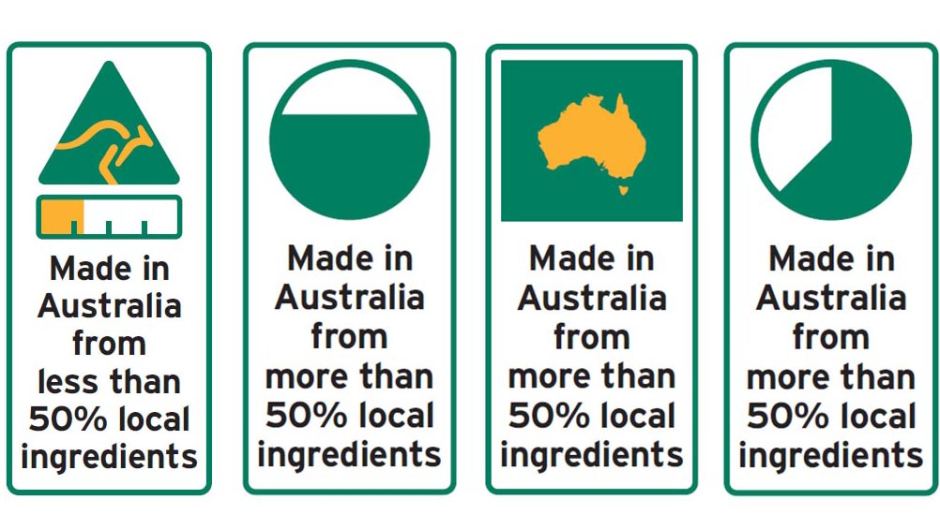
Is country of origin required on food labels
Country of Origin Labeling (COOL) Frequently Asked Questions ... Imported products that do not undergo substantial transformation in the United States are only required to be labeled with the country that was declared to Customs and Border Protection at the time the products entered the United States For instance, lamb loin imported from Australia can be labeled “Product of Australia” and lamb ribs imported from Denmark can be labeled … Country of origin - Wikipedia Country of origin (CO) represents the country or countries of manufacture, production, design, or brand origin where an article or product comes from. For multinational brands, CO may include multiple countries within the value-creation process. There are differing rules of origin under various national laws and international treaties. Country of origin labelling (COL) is also known … Country of origin food labelling | ACCC A visual style guide is available to assist businesses to correctly design and display their country of origin food labels as required by the Standard: Three component standard mark – a graphic and text-based label which is mandatory for priority food items grown, produced or made in Australia.
Is country of origin required on food labels. U.S. appeals court says CFPB funding is unconstitutional - Protocol Oct 20, 2022 · That means the impact could spread far beyond the agency’s payday lending rule. "The holding will call into question many other regulations that protect consumers with respect to credit cards, bank accounts, mortgage loans, debt collection, credit reports, and identity theft," tweeted Chris Peterson, a former enforcement attorney at the CFPB who is now a law professor at the University of Utah. Country of origin claims | ACCC - Australian Competition and … Country of origin food labelling. The Food Labelling Standard requires most foods offered for retail sale to have information on the country where the food was grown, produced or made. See Country of origin food labelling for more information on the types of food that require country of origin labelling. Together with fact sheets and guides, we ... Marking of Country of Origin on U.S. Imports For a good from a NAFTA country: if under the NAFTA Marking Rules (19 CFR Part 102) the second country is determined to be the country of origin of the good; or For an article considered to be a textile or apparel product (regardless of whether it is a good from a NAFTA country): if the country of origin is determined by the general rules set forth in 19 CFR Part 102.21 to be the … SFA | Understanding Food & Nutrition Labels As locally produced food products are manufactured by food business licensed by SFA, the declaration of the name and address of the local food business operator is sufficient to enable traceability. The declaration on country of origin is not required. Food business operators may indicate that the food is of local origin on a voluntary basis.
Country of Origin Labeling (COOL) | Agricultural Marketing Service April 13 Notice to Trade - USDA Announces Labeling Flexibilities to Facilitate Distribution of Food to Retail Locations FAQ regarding COOL labeling flexibilities during COVID-19 Country of Origin Labeling (COOL) is a labeling law that requires retailers, such as full-line grocery stores, supermarkets and club warehouse stores, to notify their customers with information regarding … Country of origin food labelling | ACCC A visual style guide is available to assist businesses to correctly design and display their country of origin food labels as required by the Standard: Three component standard mark – a graphic and text-based label which is mandatory for priority food items grown, produced or made in Australia. Country of origin - Wikipedia Country of origin (CO) represents the country or countries of manufacture, production, design, or brand origin where an article or product comes from. For multinational brands, CO may include multiple countries within the value-creation process. There are differing rules of origin under various national laws and international treaties. Country of origin labelling (COL) is also known … Country of Origin Labeling (COOL) Frequently Asked Questions ... Imported products that do not undergo substantial transformation in the United States are only required to be labeled with the country that was declared to Customs and Border Protection at the time the products entered the United States For instance, lamb loin imported from Australia can be labeled “Product of Australia” and lamb ribs imported from Denmark can be labeled …




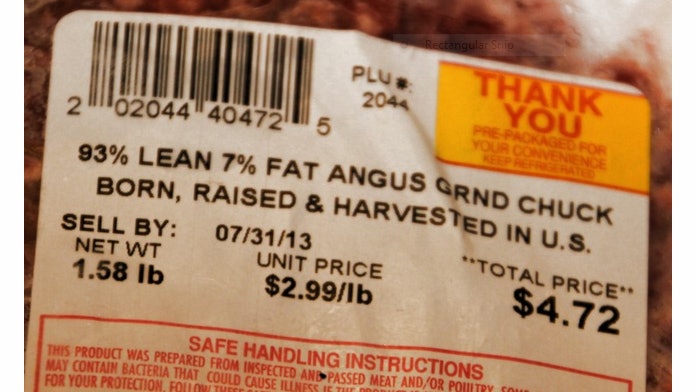


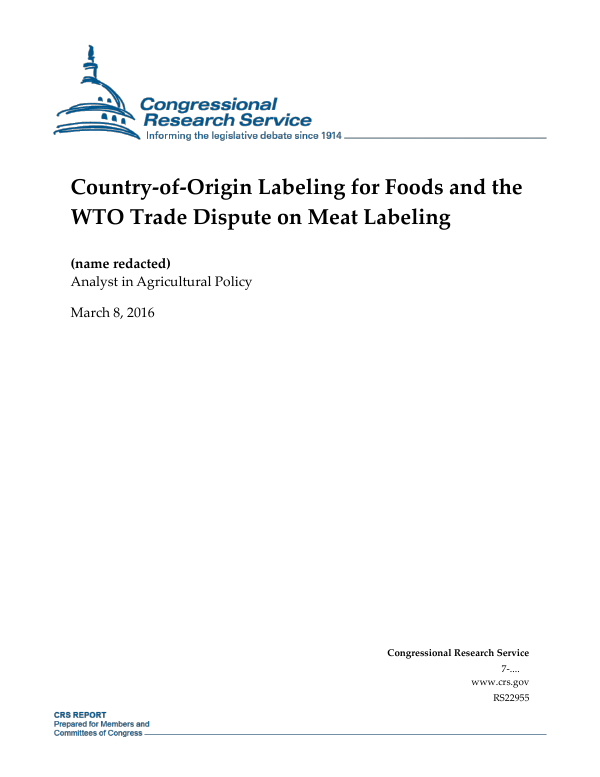

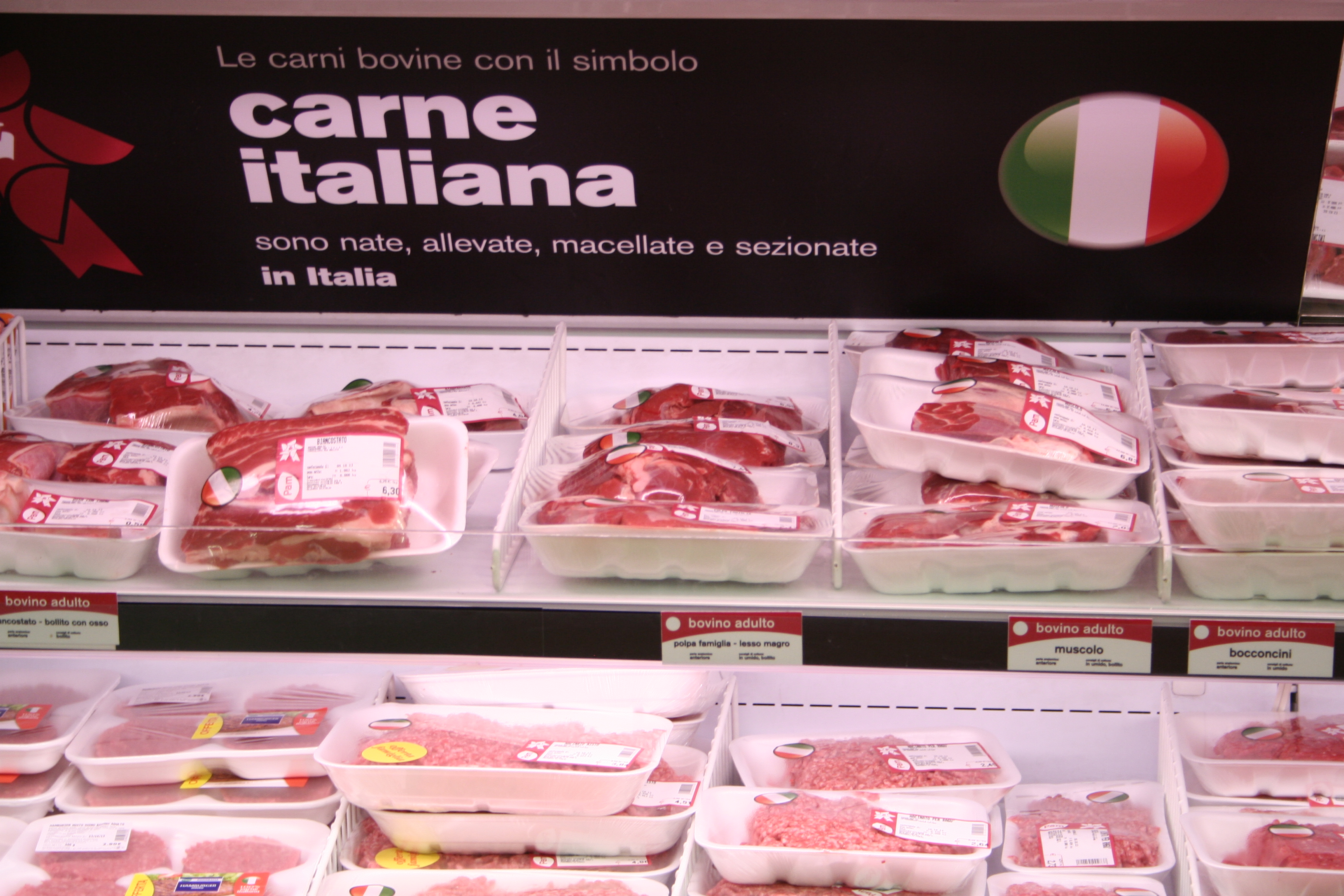




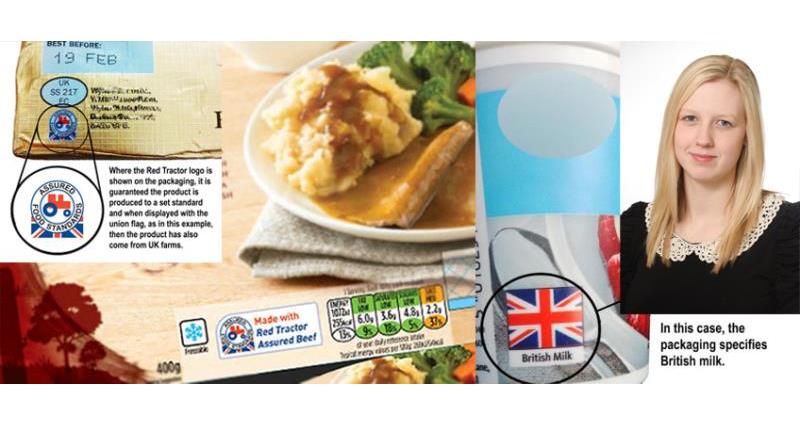




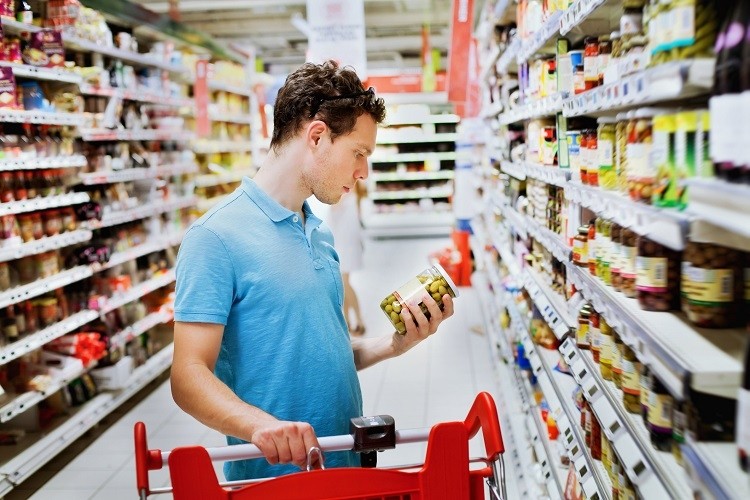





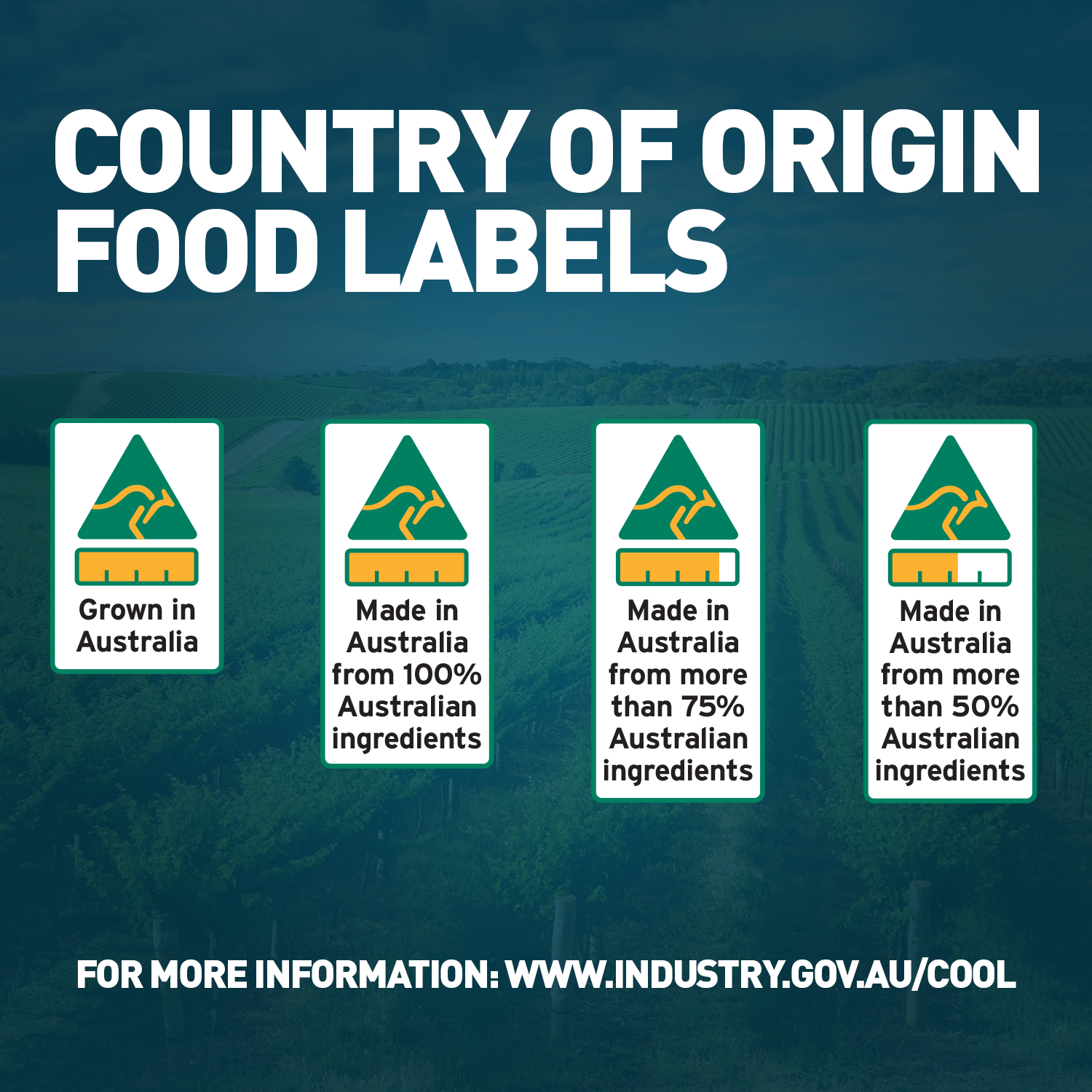
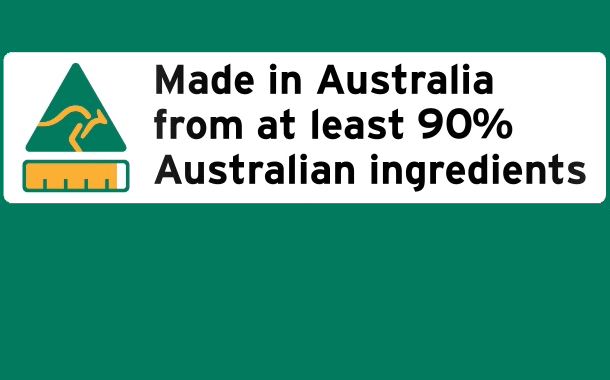

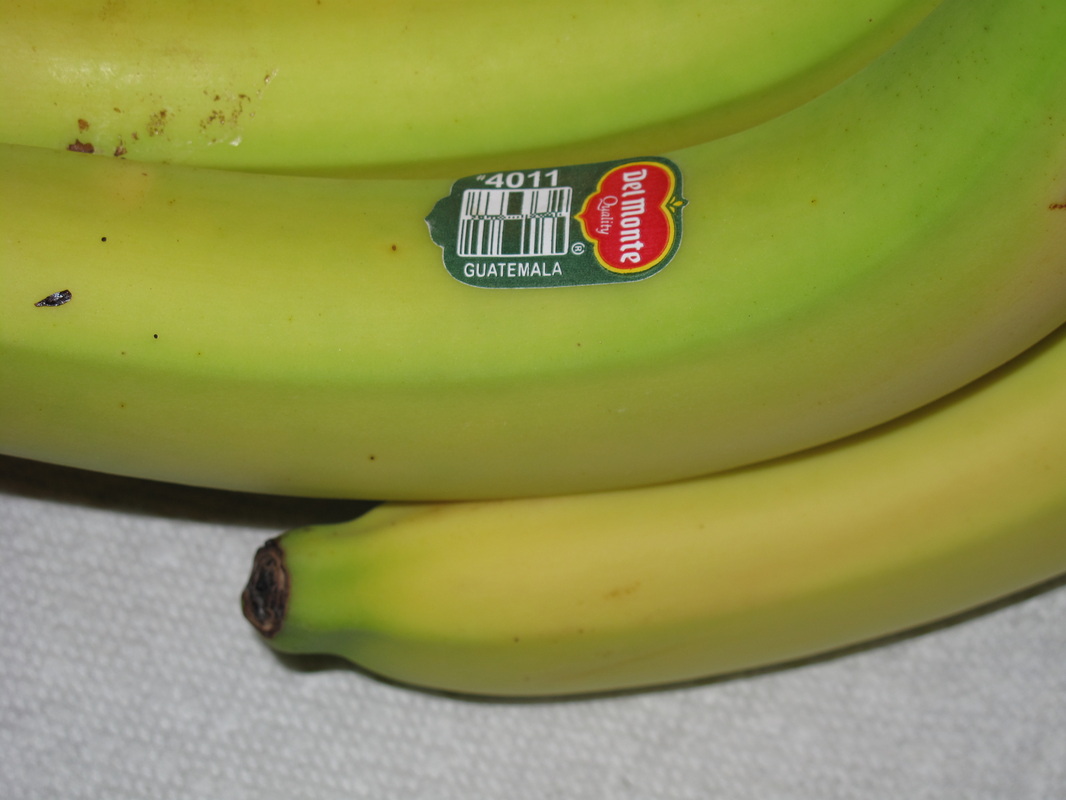
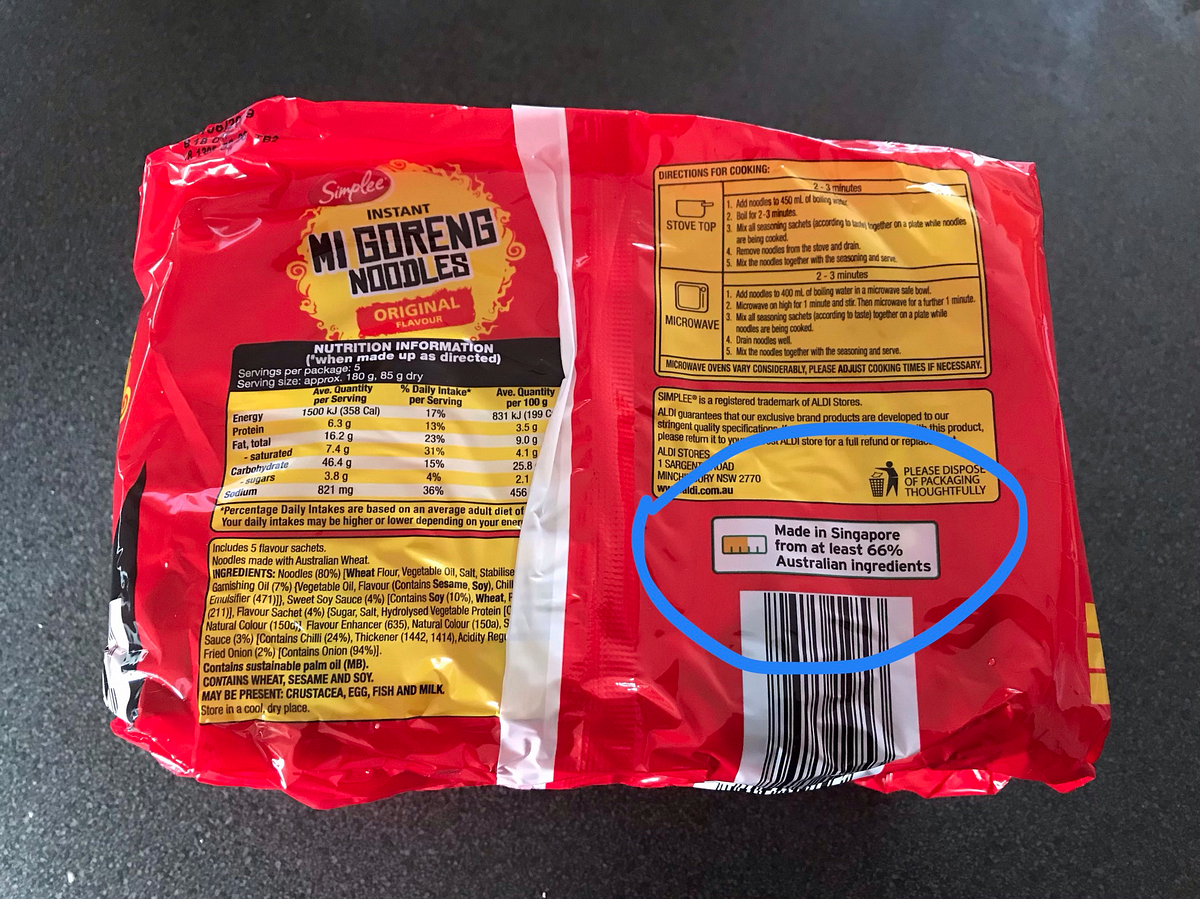
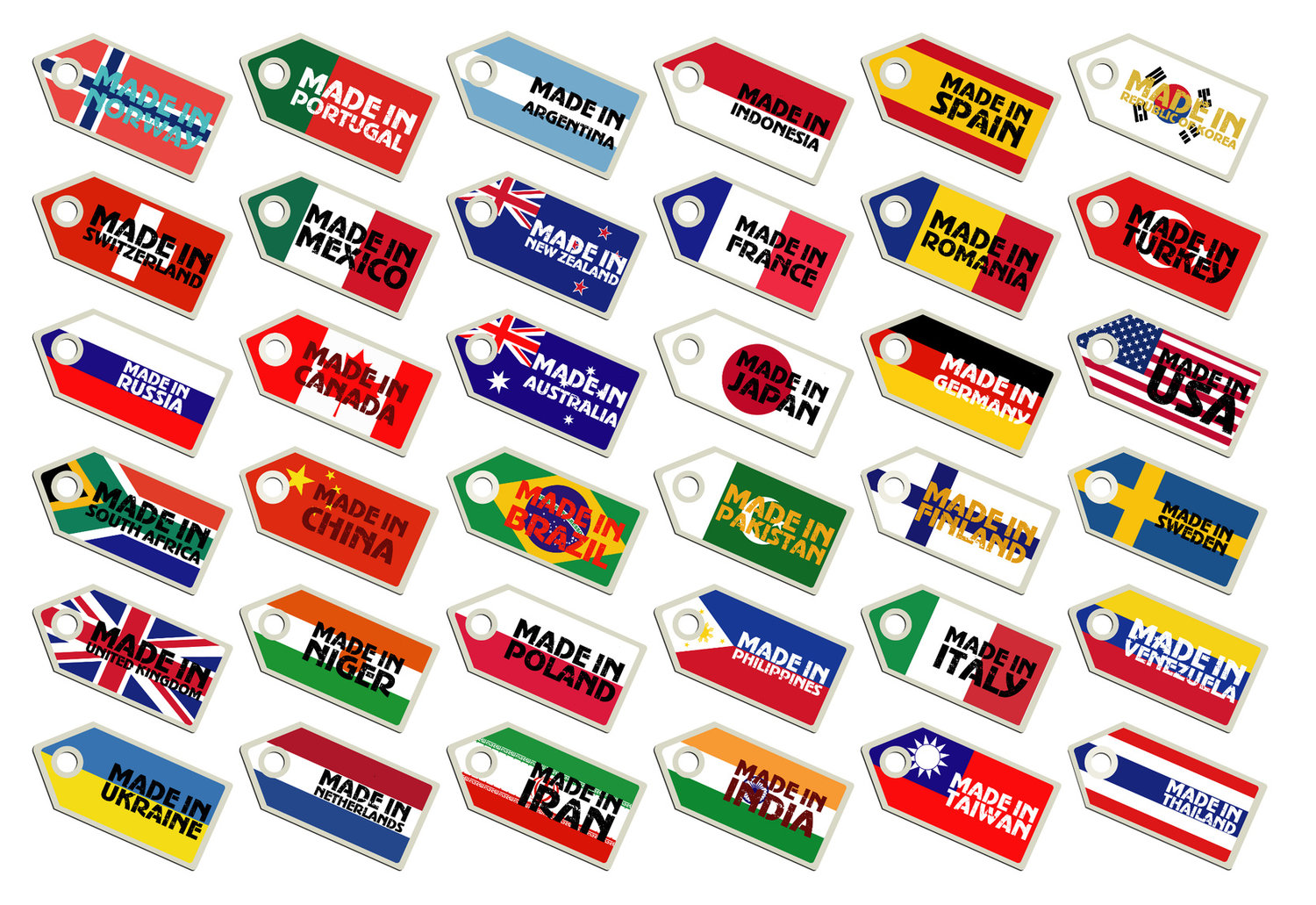
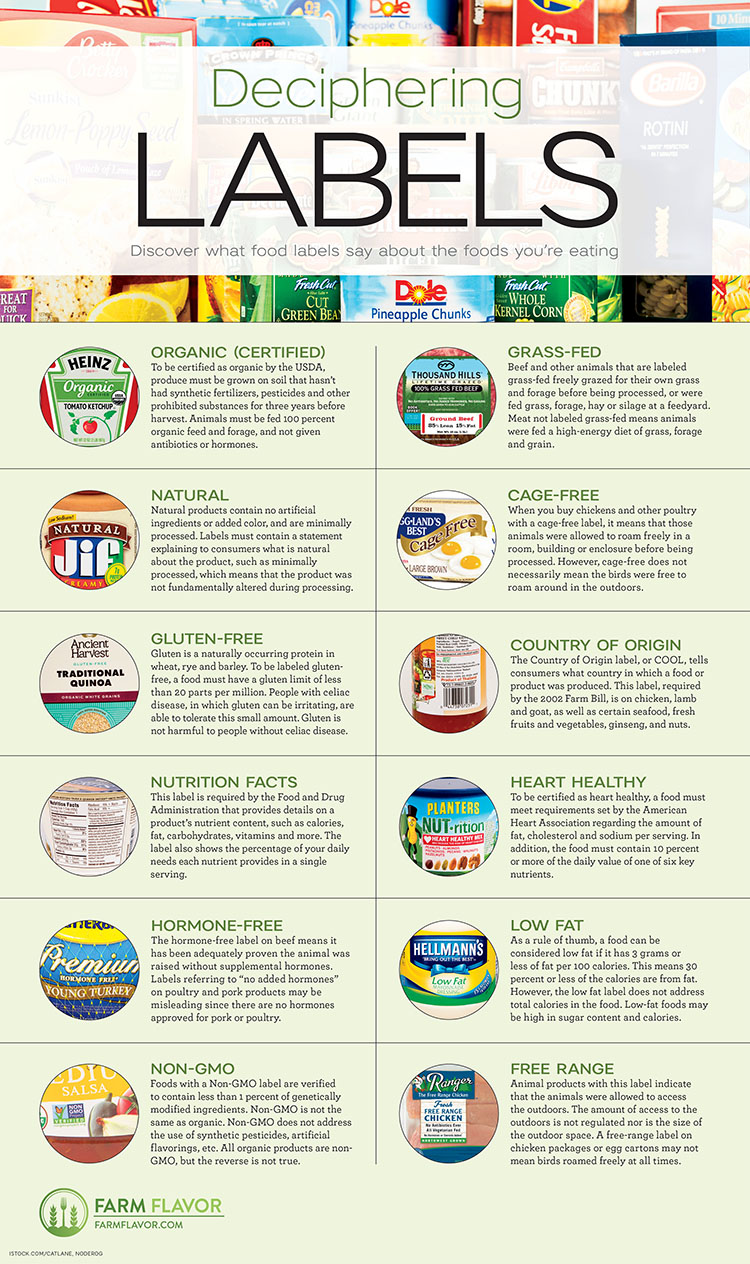
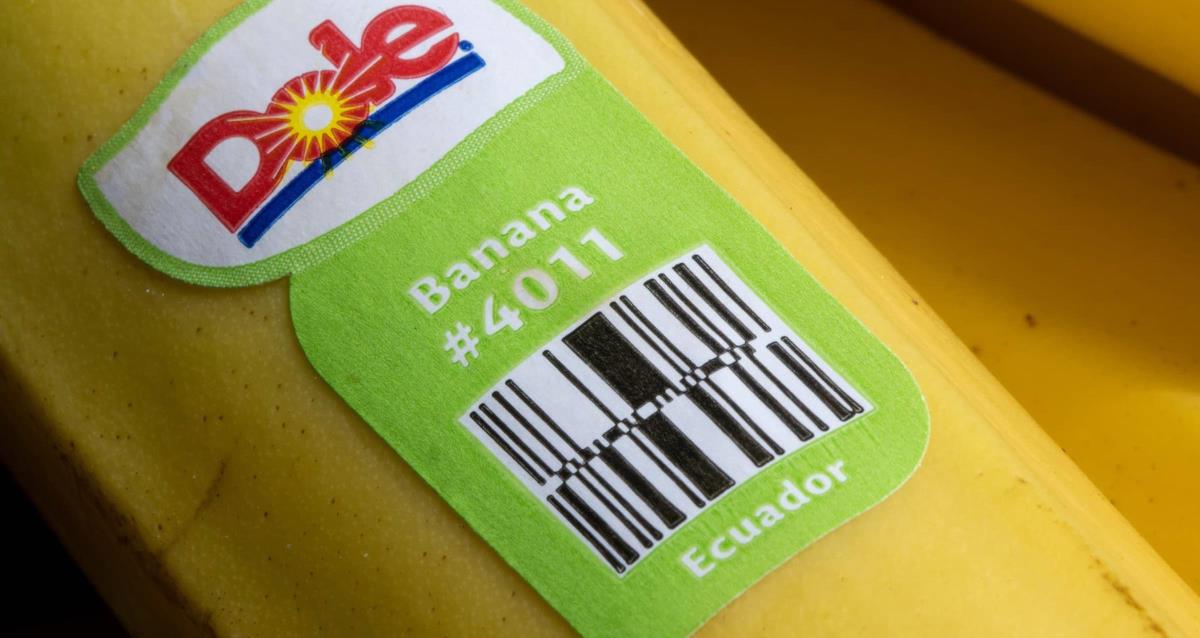




Post a Comment for "43 is country of origin required on food labels"